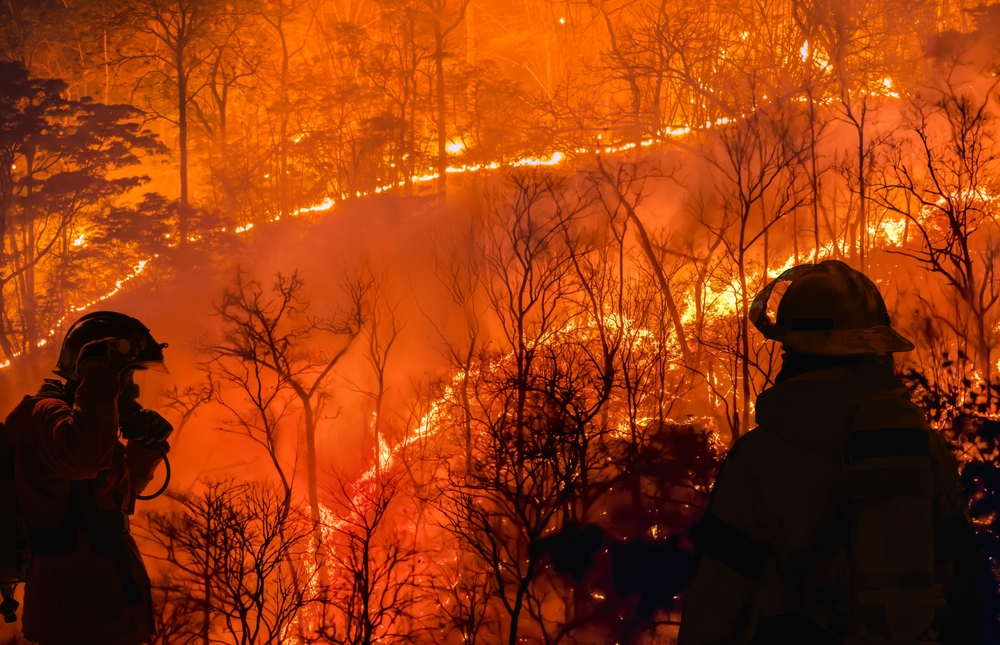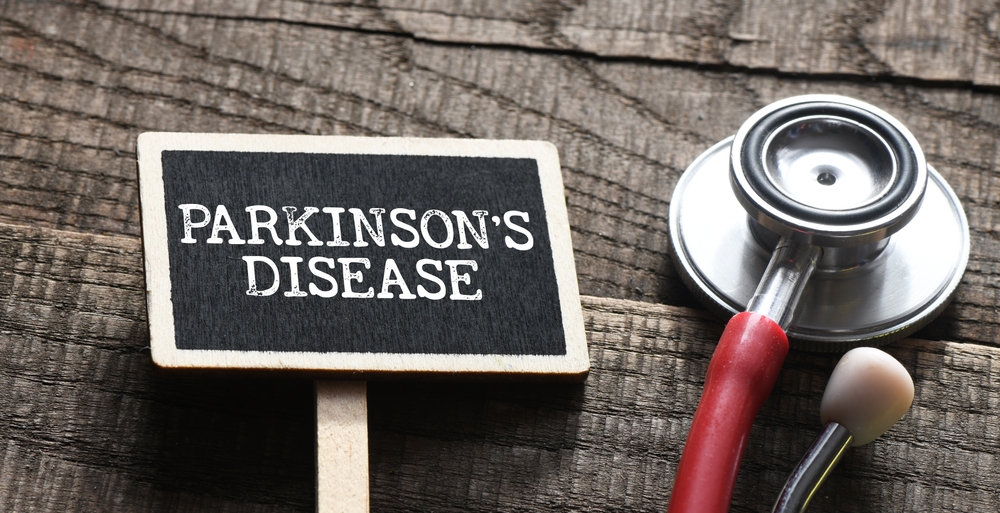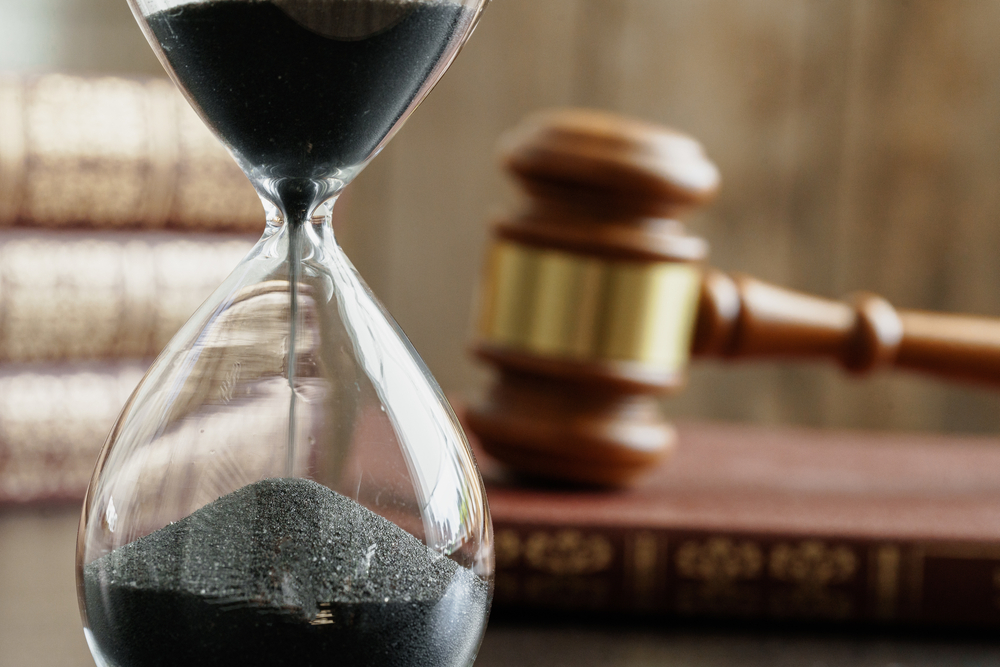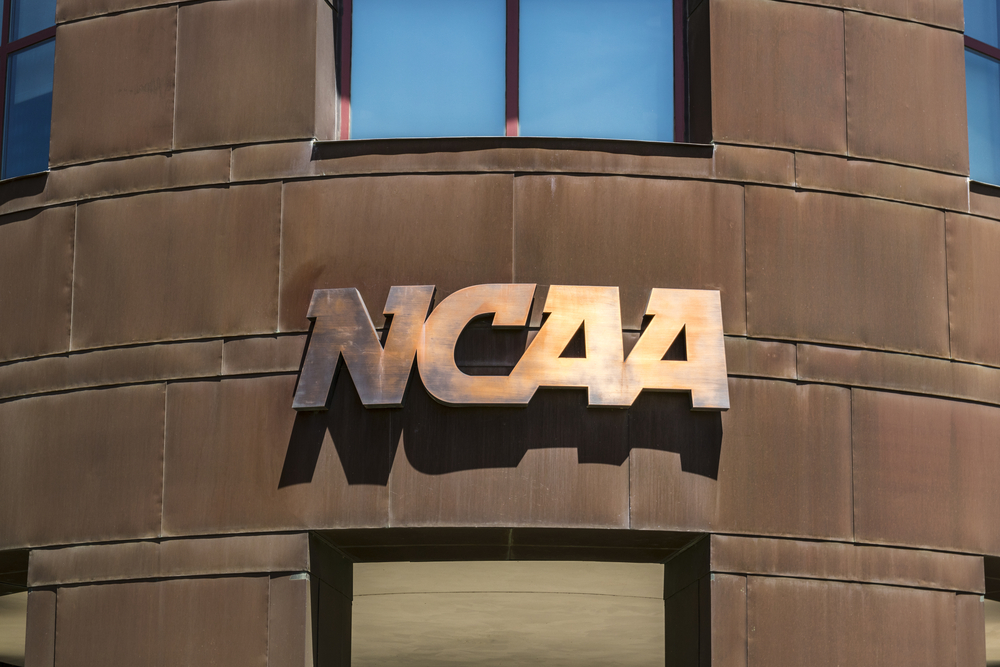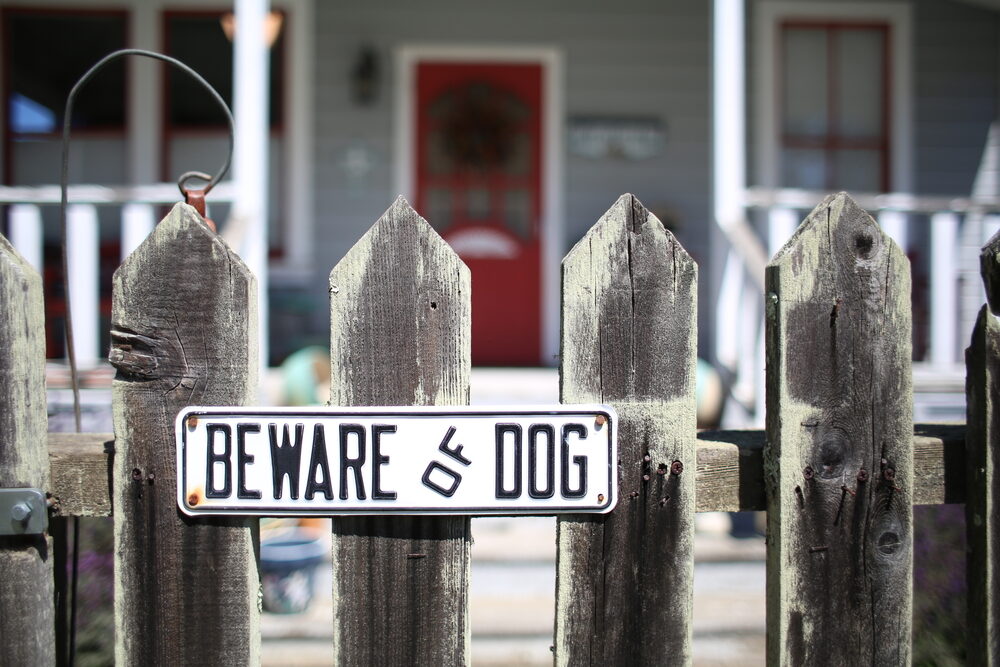As of Wednesday, more than 500,000 people in Jamaica were without power following Hurricane Melissa, which left multiple fatalities in its wake and battered other parts of the Caribbean, including Cuba, Haiti, and the Bahamas. The record-breaking and record-tying hurricane was the strongest in history to make landfall in Jamaica, with 185 mph sustained winds. The sheer devastation of the Category 5 hurricane is unimaginable in many ways, yet it was far too reminiscent of the destruction that Hurricane Katrina caused in Louisiana in 2005.
With floodwaters rising to the top of two-story homes in parts of Jamaica, widespread power outages, and homes, businesses, and hospitals severely damaged or outright destroyed, it would be difficult to ignore the fact that hurricanes are becoming stronger and fiercer.
The spotlight is once again on the alarming reality that, over the last decade, the number of hurricanes that become Category 4 and 5 storms has increased. With these bigger and stronger storms come more rainfall and higher storm surges, leading to flooding and landslides, greater wind speeds, and rapid intensification that adds to the difficulty of preparing for a hurricane.
In the face of this reality, hurricane preparation and disaster response in the U.S. must improve. But improvement can only happen through a collective effort that involves everyone from homeowners and business owners to insurance companies and all levels of government. Until then, the American people will suffer, and U.S. prosperity will be hindered.
The U.S. Government and Public Aren’t Ready for More Destructive Hurricanes
With natural disasters becoming more powerful, several factors point to a lack of hurricane preparedness, in part due to the need for multiple parties to be ready. First, the public should know basic hurricane safety, including how to protect their property and mitigate further damage after a hurricane passes.
Every household should have an emergency kit and plan, follow evacuation orders, and educate themselves about the programs available to recover and seek relief after a disaster. Purchasing adequate home or business insurance before hurricane season starts is another crucial step to prepare for a hurricane in the U.S.
Being prepared takes time, resources, and money. Unfortunately, far too many people are unable to get the resources they need, cannot afford or get approved for proper insurance, and do not have emergency funds saved for when disaster strikes.
Then there are factors that individuals can’t control. In order to truly prepare and recover from the more intense hurricanes the U.S. is experiencing, there must be support from the local, state, and federal governments that is not only available but easily accessible.
One of the more well-known resources is the relief provided by the Federal Emergency Management Agency (FEMA). It can be accessed if the president declares a major disaster or emergency. The current administration is making changes to FEMA, and states could be expected to cover more disaster costs.
While there are numerous other disaster assistance programs, the process of determining the proper course of action can be confusing. Not to mention, having so many programs that aren’t connected and have different requirements makes navigating them complicated for the average American. This ultimately causes many to struggle unnecessarily after a disaster. Even when everything is done right when applying for support, families and businesses are often left floundering because the aid they’re entitled to takes too long to come through.
What further hinders the U.S. from being prepared for worsening hurricanes is that the relief people receive often doesn’t cover what’s needed to fully repair, rebuild, and replace what’s lost. The result is higher out-of-pocket costs for families and business owners – that is, if they can afford to make up the difference or wait to be reimbursed. Rising insurance premiums, denied claims, and the long wait for reimbursement can cause people to lose their properties and valuables, and with it, their chances at prosperity.
Beyond government relief programs, how homes and businesses are built is another factor as to why the U.S. isn’t as prepared for hurricanes as it should be. Following the devastation caused by Hurricane Helene in 2024, experts echoed what’s been said for years: updating building codes would reduce risks and decrease hurricane damage. While some parts of the country have implemented changes of this kind, it isn’t happening fast enough. As a result, new and renovated buildings that could have been built to withstand worsening natural disasters continue to be damaged, leading people to lean on aid and insurance payouts.
Impact of the Insurance Industry on Hurricane Recovery
There are multiple ways in which insurance companies impact the ability to recover from a hurricane, and recent years have shown that there are serious issues within the industry. Countless home and business owners can no longer count on having an insurance policy that will protect their assets.
Premiums are rising to the point that people cannot afford to get enough home insurance coverage, or any coverage at all. Hurricane insurance can cost tens of thousands of dollars a year. When people are struggling to put food on the table and hold down jobs, affording a policy that adequately protects them from the depth of hurricane damage that can occur isn’t feasible.
Some insurers have completely left certain states – states that are most at-risk of experiencing devastating weather events. Many companies that haven’t bailed or gone solvent don’t offer coverage in flood risk areas, even though floods are a common effect of hurricanes, which are only getting wetter and stronger.
The lack of coverage puts millions of Americans at risk of losing everything when a storm like Hurricane Helene or Hurricane Melissa occurs. Even people who have a policy through the National Flood Insurance Plan (NFIP), which sells the most flood policies in the U.S., are currently at risk of serious losses; with the government shutdown, existing customers cannot renew policies, and new policies cannot be written.
Finally, it’s not uncommon for insurers to drop policyholders in mass numbers, adding to the chaos and instability of the industry, and making homeowners unable to properly recover from climate disasters. And when people can’t get the insurance they need, it’s impossible to be truly prepared for a hurricane, especially as they grow stronger.
Changes Needed to Improve Hurricane Recovery and Relief
Hurricane Melissa marked the first time since 2005 – when Katrina devastated Louisiana – that there have been three Category 5 hurricanes in one year. While it did not make landfall here, the next one could.
Just last year, hurricanes in the U.S. caused $182.7 billion in damages, with Hurricane Helene accounting for $78.7 billion. But the cost of hurricanes in the U.S. isn’t just about the money it takes to repair, rebuild, and replace what’s lost. Lives and businesses are forever changed, families lose their homes and people they love, and the chance at living comfortably can be lost forever in the aftermath of a hurricane.
The toll it takes on communities, states, and the nation as a whole is interconnected, and it can take decades to fully recover. However, it will continue to be a challenge to recover when there are so many gaps in how the U.S. prepares and responds to hurricanes; a coordinated effort is needed to address what’s broken, as millions of people are currently living in areas that could be absolutely devastated by a hurricane. Until then, countless people will be unable to get the aid, insurance payout, and relief they need when disaster strikes.
We can only hope that the necessary changes are soon put into place, and that no area of the U.S. suffers the same fate as Jamaica.




